On my last post Aceface asked:
Hey,why not write some more about the garden state for non American readers for this is travelogue afterall.
I’m wondering what becomes of the turnpike after nearly quater of a century of my absence from New Jersey.Is Great Adventure(of the six flags theme park) still there?What happened to Flushing/Fort Lee Japan town that I’ve heard it is now changed as Taiwan/Korea town?I really really miss New Jersey!
You should come visit then!
I did just do a NYC related post the other day, and when I start carrying my camera around more you may see more local things. But if you really need a New Jersey fix, I recommend Weird New Jersey. Get some copies of the physical magazine if you can, it’s loads of fun.
The Turnpike is pretty much the same. They briefly discussed privatizing it before people realized it was just a cash infusion with no real long term gain or service enhancements. I believe tokens have been completely phased out- the toll is 35 cents cash, or in some areas 70 cents but only in one direction (to improve traffic flow the other way) and most people who use it more than once in a blue moon have EZ-PASS, a battery powered radio transducer box that sits on your dashboard or sticks to the windshield up by the rear-view mirror and passes your account information wirelessly to the toll booth as you drive through, making the whole payment process way easier. To get one of these boxes you pay a small deposit ($20?) and get a free replacement when the battery runs low. There is an electronic sign that warns you when your account is low on money.
Six Flags is still there, I have not been since I was in 8th grade though.
Flushing is Chinese and Korean. I don’t know if there are many Taiwanese there or not, but Cantonese still go to Manhattan Chinatown, and Chinatown definitely has a Taiwanese presence still. I was there last week and saw a sign for the USA headquarters of the KMT, and there was also a sign in the window with Lien Chan’s (連戰) name on it.
I feel like Fort Lee is almost all Korean, but also Japanese still live in the Fort Lee/Edgewater area. There is a Japanese supermarket/shopping center there in Edgewater, which used to have a Kinokuniya branch, but I think now has some other bookstore in its place. I haven’t been to Fort Lee or Flushing this year, so I haven’t got any current personal observations.
In NYC, St Marks Place, the former locus of punk culture in the region (a culture which has taken a near mortal blow with the passing of CBGB’s), is now the closest thing to a Japanese area in the city, with at least a half dozen izakaya type places on just the one block, and a little Japanese market around the corner to the north, which is on the second floor above a bookstore (elevator access), and sells Japanese products. I believe last week I saw a sign down the street to the north-west that Kinokuniya was either opening a second location near there, or perhaps moving from their old Rockefeller location, which makes sense. I doubt many Japanese are hanging out over there these days, compared to the numbers you see every day in the Village.
One of these places, which I was at last week, is labeled as something like “日本帝國居酒屋” (Japanese Empire Izakaya – although I forget the place’s actual name), with lots of old-timey Showa-period kitch and decoration, like old posters, antique pachinko machines, etc. Signs with random vaguely pro-Japanese imperialist slogans and phrases, also written on the t-shirts worn by staff, such as “神風特攻隊.” (Kamikaze special attack squad) In the men’s bathroom, next to the mirror, there was a red sign that just says “長崎原爆.” (Nagasaki Nuclear Bomb) This is also the only place I have ever seen outside of Japan that has “Hoppy” on the menu- and even in Japan it’s usually just places going for an oldy-timey kind of mood. (This paragraph is taken from some comments I just made on a tangentially related topic at Neomarxisme.)
Update: the friend I went with reminds me the place is called ケンカ, meaning “to argue.” They also have an actual stuffed tanuki inside, posed to look like the cartoonish tanuki statues you often see in Japan, which is both a little awesome and a little creepy.
There are of course many, many other Japanese restaurants and bars throughout the city, which there’s really no need to discuss. There are also a few other Japanese markets/stores of note, but actually for Japanese food products your best bet is probably a Korean store, some of which are much bigger and carry a large amount of food and drinks from Japan. Of special note is the NYC branch of Japanese used bookstore mega-chain Book Off, located on 41st St, just south of Grand Central Station, and just east of the public library. Just down the block from Book Off is a Japanese restaurant, a Japanese bakery/cafe, with some of the sorts of baked goods that you normally only see in bakeries in Japan, and a Japanese market/lunch place that does things like katsudon for eat-in or take-away.
Anyone else have some observations to share for Aceface’s NY/NJ travel guide?


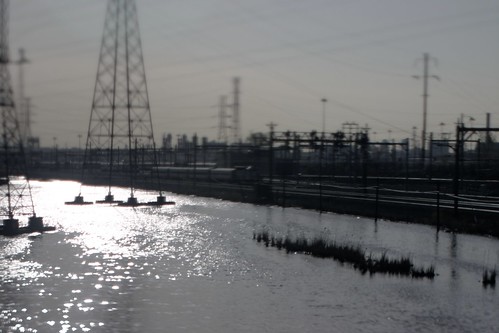
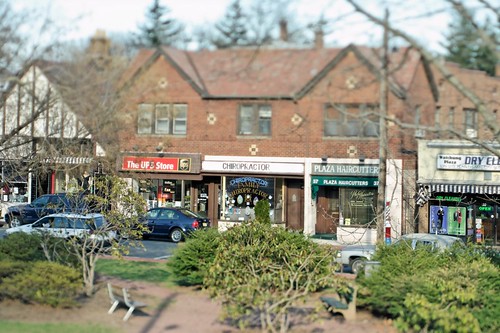
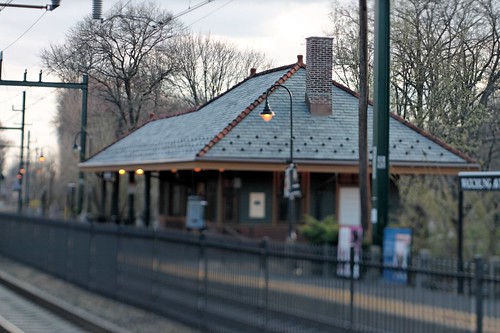
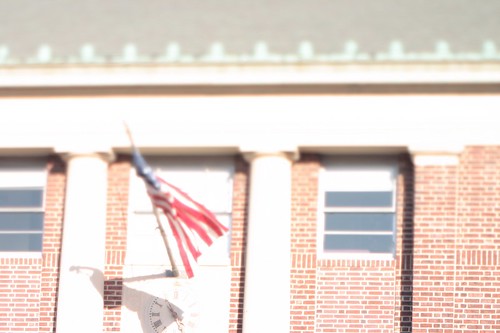
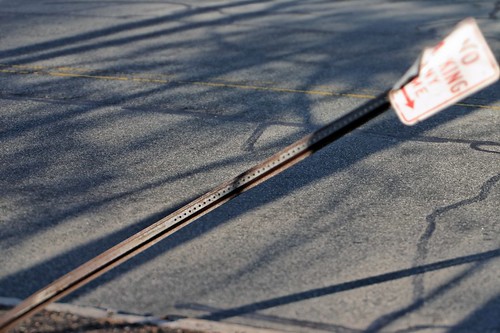
 I must admit, I was a little puzzled to see that their
I must admit, I was a little puzzled to see that their  I must say, I always liked Uniqlo well enough when I was in Japan. I have a jacket from there that I’m rather fond of, and the zip-up black hooded sweatshirt I got almost 4 years ago for something like 2500 or 3000 has very possibly been worn more days in total than any other single piece of clothing that I own, but in all honesty the main attraction of Uniqlo was that it was the only decent store in Japan where I could find clothes that I was comfortable with at a decent price. While the Gap and Levis stores in Kyoto might offer clothing that I would be willing to wear, they did it at prices dramatically higher than I would pay for identical items in the US, while Uniqlo, despite being in Japan, cost no more than the Old Navy at the Willowbrook Mall a short drive from my house in Jersey. Uniqlo may be a pretty good store in Japan, but is there any particular need in this country for a Japanese clothing brand whose style is, in my eyes, virtually indistinguishable from the preexisting mainstream American brands?
I must say, I always liked Uniqlo well enough when I was in Japan. I have a jacket from there that I’m rather fond of, and the zip-up black hooded sweatshirt I got almost 4 years ago for something like 2500 or 3000 has very possibly been worn more days in total than any other single piece of clothing that I own, but in all honesty the main attraction of Uniqlo was that it was the only decent store in Japan where I could find clothes that I was comfortable with at a decent price. While the Gap and Levis stores in Kyoto might offer clothing that I would be willing to wear, they did it at prices dramatically higher than I would pay for identical items in the US, while Uniqlo, despite being in Japan, cost no more than the Old Navy at the Willowbrook Mall a short drive from my house in Jersey. Uniqlo may be a pretty good store in Japan, but is there any particular need in this country for a Japanese clothing brand whose style is, in my eyes, virtually indistinguishable from the preexisting mainstream American brands? 
 The Zimmerli Art Museum, located on the campus of my alma mater, Rutgers University, has a well put together
The Zimmerli Art Museum, located on the campus of my alma mater, Rutgers University, has a well put together